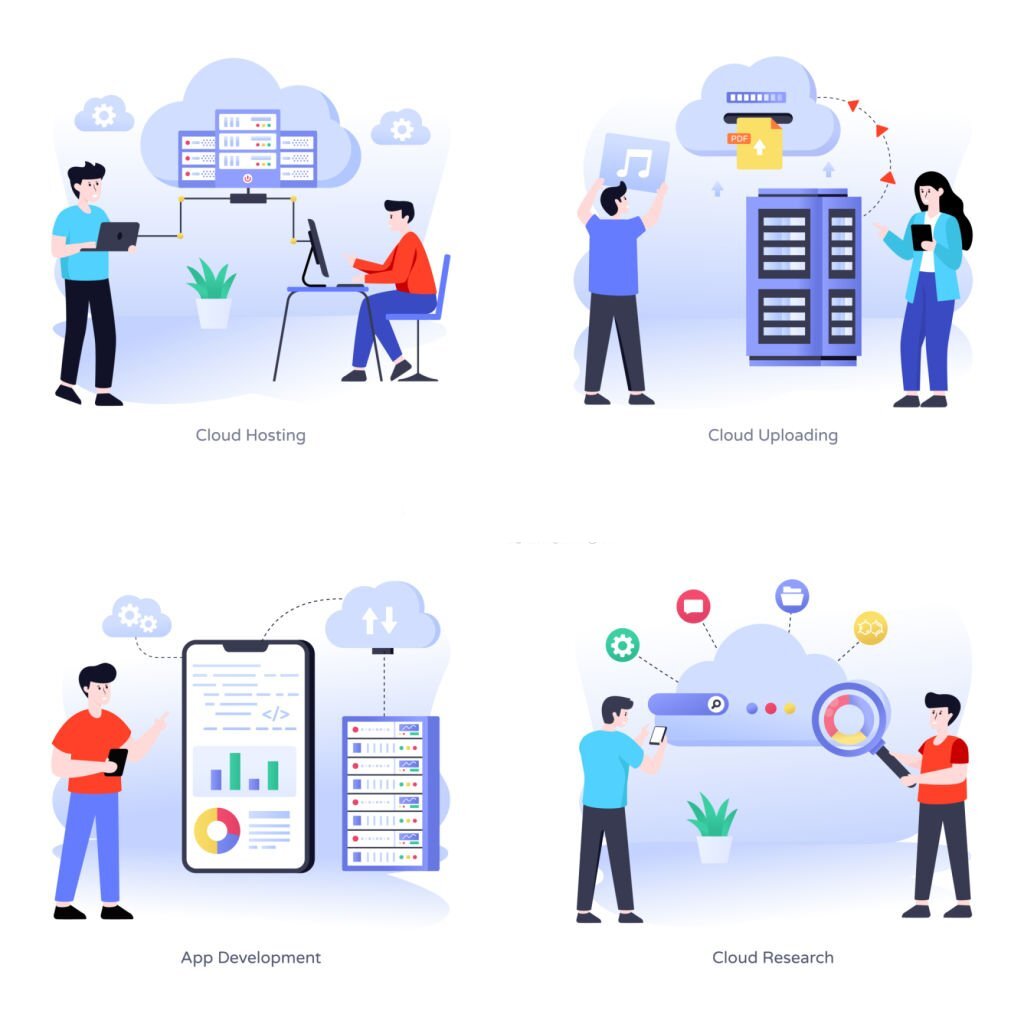
Machine learning is at the forefront of technological innovation, transforming industries and reshaping our daily lives. It’s the driving force behind recommendation systems, autonomous vehicles, natural language processing, and much more. At the heart of machine learning are algorithms, the intelligent rules and procedures that enable computers to learn from data and make predictions or decisions. In this comprehensive overview, we’ll dive into the world of machine learning algorithms, exploring the fundamental concepts, types, and real-world applications.
Understanding Machine Learning Algorithms
Machine learning algorithms are the building blocks of any machine learning system. They are designed to process and analyze data, identify patterns, and make predictions or decisions without being explicitly programmed. These algorithms learn from experience, continuously improving their performance as they encounter more data.
Here are some key concepts to grasp before delving into the various types of machine learning algorithms:
1. Supervised Learning
Supervised learning is a type of machine learning where the algorithm is trained on a labeled dataset, meaning that the input data is paired with corresponding target labels. The algorithm learns to map input data to the correct output by minimizing the error between its predictions and the actual labels. Common supervised learning algorithms include Linear Regression, Decision Trees, and Support Vector Machines (SVMs).
2. Unsupervised Learning
In unsupervised learning, the algorithm works with unlabeled data, aiming to discover patterns or structure within the data itself. Clustering and dimensionality reduction are common tasks in unsupervised learning. K-Means clustering and Principal Component Analysis (PCA) are examples of unsupervised learning techniques.
3. Reinforcement Learning
Reinforcement learning involves training an agent to make sequential decisions by interacting with an environment. The agent receives rewards or penalties based on its actions, and its goal is to learn a policy that maximizes its cumulative reward over time. Reinforcement learning has applications in autonomous systems, gaming, and robotics. Popular reinforcement learning algorithms include Q-Learning and Deep Q Networks (DQNs).
4. Deep Learning
It is a subset of machine learning that focuses on artificial neural networks inspired by the human brain’s structure. Deep neural networks, or deep learning models, have multiple layers (deep architectures) that enable them to automatically learn intricate features from data. Convolutional Neural Networks (CNNs) excel in image processing, while Recurrent Neural Networks (RNNs) are suitable for sequential data.
Types of Machine Learning Algorithms
Machine learning algorithms can be categorized based on their learning style and the tasks they are designed to perform. Here are some common types:
1. Regression Algorithms
Regression algorithms are used for predicting continuous numerical values. They establish a relationship between input variables and a continuous target variable. Linear Regression, Polynomial Regression, and Ridge Regression are examples.
2. Classification Algorithms
Classification algorithms are employed for assigning data points to predefined categories or classes. They are widely use in spam detection, image classification, and sentiment analysis. Notable classifiers include Decision Trees, Random Forest, and Support Vector Machines.
3. Clustering Algorithms
Clustering algorithms group similar data points together based on their intrinsic properties. They are commonly use in customer segmentation, anomaly detection, and recommendation systems. K-Means, DBSCAN, and Hierarchical Clustering are popular clustering techniques.
4. Dimensionality Reduction Algorithms
Dimensionality reduction algorithms aim to reduce the number of features (dimensions) in a dataset while preserving its essential information. Principal Component Analysis (PCA) and t-Distributed Stochastic Neighbor Embedding (t-SNE) are well-known techniques for dimensionality reduction.
Read More – Custom software development
5. Natural Language Processing (NLP) Algorithms
NLP algorithms specialize in processing and analyzing human language data. They are use in applications such as sentiment analysis, language translation, and chatbots. Word Embeddings (Word2Vec, GloVe) and Recurrent Neural Networks (RNNs) are fundamental to NLP.
6. Recommender Systems Algorithms
Recommender systems algorithms provide personalized recommendations to users based on their preferences and behaviors. Collaborative Filtering, Content-Based Filtering, and Matrix Factorization are common techniques used by platforms like Netflix and Amazon.
Real-World Applications
Machine learning algorithms have a profound impact on various industries and domains. Here are a few real-world applications that showcase the versatility and power of these algorithms:
1. Healthcare
Machine learning algorithms are used in medical image analysis, disease diagnosis, drug discovery, and personalized treatment plans. They can analyze medical images (X-rays, MRIs) for abnormalities and assist in early disease detection.
2. Finance
In the financial sector, algorithms are employed for fraud detection, credit risk assessment, algorithmic trading, and portfolio optimization. They analyze historical financial data to make predictions and informed decisions.
3. Autonomous Vehicles
Self-driving cars rely on machine learning algorithms to interpret sensor data (e.g., lidar, radar, cameras) and make real-time driving decisions. These algorithms enable vehicles to detect objects, pedestrians, and road conditions.
4. Natural Language Processing
NLP algorithms power virtual assistants like Siri and Alexa, making them capable of understanding and responding to human language. They are also use for sentiment analysis of customer reviews and automated content generation.
5. E-commerce
Online retailers use recommendation algorithms to personalize product suggestions for users. These algorithms analyze user behavior and purchase history to make relevant product recommendations.
6. Energy
Machine learning is apply in energy management for optimizing power generation and distribution. It helps monitor and predict energy consumption, reducing wastage and costs.
Conclusion
Machine learning algorithms are the backbone of modern AI-driven applications and systems. They enable computers to learn, adapt, and make intelligent decisions, opening up a world of possibilities across industries. As machine learning continues to advance, we can expect even more sophisticated algorithms that will reshape our interaction with technology and data, further pushing the boundaries of what’s possible in the digital age. Whether you’re a tech enthusiast or a professional in the field, understanding these algorithms is essential to stay at the forefront of technological innovation.
Also Look for – CRM System Singapore